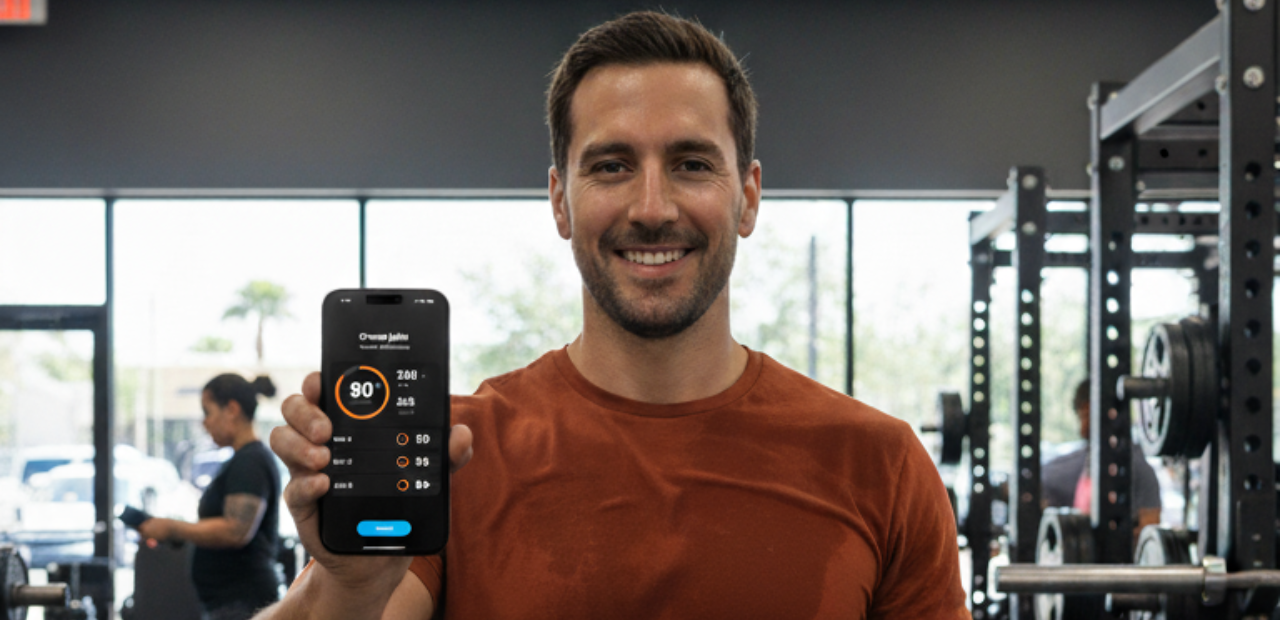The connection of the Internet with physical hardware technology is called the Internet of Things. This development is becoming increasingly visible in everyday life. Take Samsung’s new “smart” refrigerator. The so-called “ Family Hub ” series is integrated with Samsung’s voice assistant Bixby and automatically monitors the various coolers with a camera, which helps you with your shopping list via your smartphone. The refrigerator can recognize voice commands and gives you the morning weather forecast and insight into your appointments that day.
The Family Hub is a perfect example of how the Internet of Things integrates different aspects of your lifestyle for a better user experience. But besides consumer technology, this trend also shows widespread adoption in the business world. There are recent estimates that by 2019, larger companies worldwide will already have more than 23.3 billion integrated devices with a total value of $225 billion in use. In order to remain competitive and future-proof, other companies will therefore have to go along with this development.
Why is the Internet of Things interesting for fitness entrepreneurs?
Within the fitness industry, the Internet of Things can be applied to improve the customer experience and to make business processes more efficient, which ultimately leads to better retention and revenue increase. What does this look like in practice?
Automatic access control is a good example of an application of the Internet of Things within fitness that is already in fairly common use. Because modern systems no longer run locally, but via the internet, members can, for example, book a lesson with their mobile phone, after which they are automatically set to “present” when passing the turnstile.
This is of course already a great example of the value the Internet of Things can add to your fitness business, but there are many possible other applications that can trigger a true revolution.
Connected Training
Another great example of the Internet of Things in fitness is the increasing connectivity of fitness equipment. A lot of modern cardio equipment can already send workout data to the club’s mobile app, but thanks to new developments in the field of sensors it will soon be possible as well to connect ‘offline’ power equipment so that members can automatically log their repetitions and weight in their club app . This makes the strength training experience virtually frictionless: after all, there is no need to keep manual records anymore, this is automatically entered in the training diary of the member.
Gamified Fitness
“ Gamification ” in combination with the application of the Internet of Things can give the “fun factor” of fitness a proper boost. By linking fitness devices with tools such as VR headsets and wearables, you can create a unique member experience that can overcome the lack of motivation for weight lifting or running.
An example:
Floyd Mayweather Jr is not only successful in the ring, but also counts in the fitness industry with his own gym chain, where technology is central to the experience. Using a VR headset and motion tracking controllers, members can follow training sessions in a virtual environment and even virtually box against Mayweather. These sessions are then linked to Mayweather’s Virtual Fitness League, a subscription service that allows members to measure their progress and results against other members around the world. This offers Mayweather’s gyms a unique upsell opportunity. It is a good example of how hardware and software can better work together in the future to enhance service and customer experience.
Central Management of Business Processes
Perhaps the biggest advantage of Internet of Things applications is that all club data can be centrally displayed and remotely controlled via an online hub. Which equipment is used the most, what are the most visited areas in your club, is it currently busy in your club, etc, etc. With this technology, you could even remotely open your club, turn off the alarm, turn on your lights and sauna, and more. A third example of the Internet of Things is the scannable QR code. By simply sticking a code on equipment and in your training rooms, you can offer fitness advice in an easily accessible way via a mobile app without placing further strain on your staff. An additional advantage is that this promotes usage of the club app, which in my experience makes a positive contribution to customer loyalty.
Conclusion
Ultimately, the Internet of Things offers many opportunities for fitness entrepreneurs to improve their services, reduce overhead costs, and increase turnover. A technology platform that builds the bridge between hardware and your online software in combination with your member app is the foundation on which you can build with new innovations and more efficiency and retention.




